TRISKELE - UCL Transcatheter Aortic Valve Platform
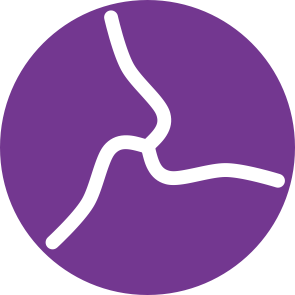 We have recently designed, manufactured and assessed a novel transcatheter aortic valve device, the TRISKELE system, which overcomes the main limitations experienced with the current solutions. This valve substitute is fully retrievable/repositionable, and ensures enhanced anchoring and sealing.
We have recently designed, manufactured and assessed a novel transcatheter aortic valve device, the TRISKELE system, which overcomes the main limitations experienced with the current solutions. This valve substitute is fully retrievable/repositionable, and ensures enhanced anchoring and sealing.
GEMINI - UCL Transcatheter Mitral Valve Platform
 We are developing a novel prosthetic device suitable for percutaneous mitral replacement. This would allow delivering the valve substitute into the anatomical position through a catheter inserted from a peripheral vessel, providing a more sustainable treatment.
We are developing a novel prosthetic device suitable for percutaneous mitral replacement. This would allow delivering the valve substitute into the anatomical position through a catheter inserted from a peripheral vessel, providing a more sustainable treatment.
Polymeric Heart Valves
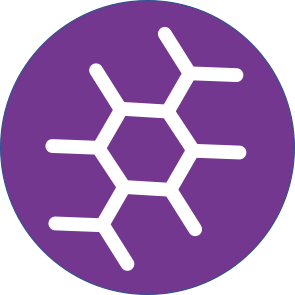 We have designed a new generation of synthetic leaflets heart valves made of advanced nanocomposite polymer, with improved hemodynamic function. In vitro results suggest that the proposed design, together with the novel material, may lead to the adoption of polymeric heart valves in clinical applications.
We have designed a new generation of synthetic leaflets heart valves made of advanced nanocomposite polymer, with improved hemodynamic function. In vitro results suggest that the proposed design, together with the novel material, may lead to the adoption of polymeric heart valves in clinical applications.
Genetically Modified Biological Heart Valves
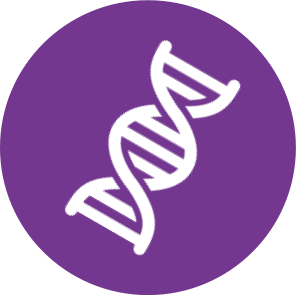 We are developing valves from GTKO sources, which would be more durable and could be used in younger patients currently treated with mechanical valves. This would reduce the need for lifetime anticoagulation and the related risks.
We are developing valves from GTKO sources, which would be more durable and could be used in younger patients currently treated with mechanical valves. This would reduce the need for lifetime anticoagulation and the related risks.
Joining Technologies for Cardiovascular Implants
 This project, run in collaboration with TWI, aims at maximising the durability of new generation cardiovascular implants by enhancing the properties of the joints and the surface functionalities of super-elastic metal frames, biological tissues and biocompatible polymers.
This project, run in collaboration with TWI, aims at maximising the durability of new generation cardiovascular implants by enhancing the properties of the joints and the surface functionalities of super-elastic metal frames, biological tissues and biocompatible polymers.
Endovascular Device to Occlude Paravalvular Leakage
 In collaboration with the University of Padua, Italy, we are developing a novel device suitable for the post-implant sealing of transcatheter valves. The device will contribute to improve medium and long-term efficacy of transcatheter valve implantation.
In collaboration with the University of Padua, Italy, we are developing a novel device suitable for the post-implant sealing of transcatheter valves. The device will contribute to improve medium and long-term efficacy of transcatheter valve implantation.
Smart Structures in Biomedical Applications
 We are studying the application of smart structures such as auxetic frames to medical devices such as annuloplasty rings, angioplasty stents and, in collaboration with Yale University, novel solutions for the treatment of aortic stiffening.
We are studying the application of smart structures such as auxetic frames to medical devices such as annuloplasty rings, angioplasty stents and, in collaboration with Yale University, novel solutions for the treatment of aortic stiffening.
Personalised Medicine
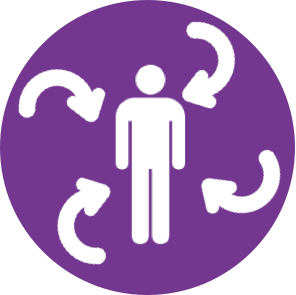 In collaboration with our partners at Great Ormond Street Hospital, we are creating a robust and validated framework that integrates routinely acquired patient clinical data and computational modelling device design techniques to optimise and tailor paediatric interventions.
In collaboration with our partners at Great Ormond Street Hospital, we are creating a robust and validated framework that integrates routinely acquired patient clinical data and computational modelling device design techniques to optimise and tailor paediatric interventions.
Heart Valve Hemodynamics by Means of PIV Analysis
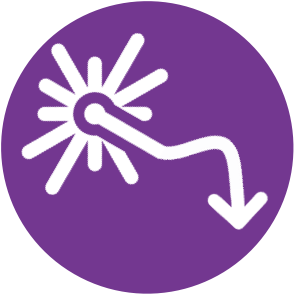 Particle image velocimetry (PIV) is an experimental optical method for the visualisation and measurement of the flow parameters. We use PIV to study and improve the understanding of heart valves hemodynamics in normal and altered conditions.
Particle image velocimetry (PIV) is an experimental optical method for the visualisation and measurement of the flow parameters. We use PIV to study and improve the understanding of heart valves hemodynamics in normal and altered conditions.
In-Vitro Modelling of Mitral Valve Therapies
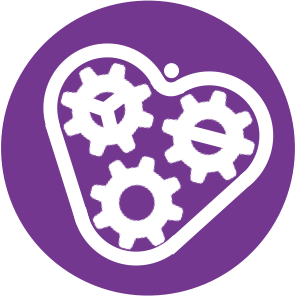 We are building physical experimental models that reflect how a pathological mitral valve malfunctions under different physiological conditions, in order to better understand the contributory role of each component of the mitral apparatus.
We are building physical experimental models that reflect how a pathological mitral valve malfunctions under different physiological conditions, in order to better understand the contributory role of each component of the mitral apparatus.
Numerical Simulation of Complex Physiological Systems
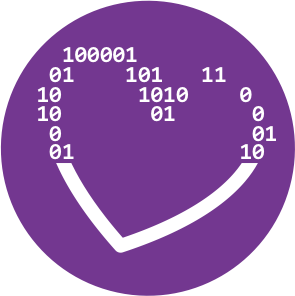 We are implementing Fluid Structure computer models comprising both the aortic root and the flowing blood, which allow to expand the finding from the our experimental studies to the entire fluid domain, and generalise them. This would also provide a more appropriate tool for therapeutic planning and for the design of novel devices.
We are implementing Fluid Structure computer models comprising both the aortic root and the flowing blood, which allow to expand the finding from the our experimental studies to the entire fluid domain, and generalise them. This would also provide a more appropriate tool for therapeutic planning and for the design of novel devices.
Rhythm Dysfunctions and Ischaemic Events
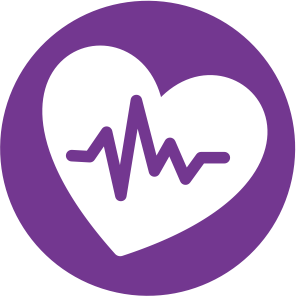 We are investigating the relationship between LAA shape, blood flow phenomena and clot formation, to aid clinicians to select optimal treatments by means of personalised computer models based on medical images.
We are investigating the relationship between LAA shape, blood flow phenomena and clot formation, to aid clinicians to select optimal treatments by means of personalised computer models based on medical images.
Augmented cardiovascular 4D flow MR Imaging
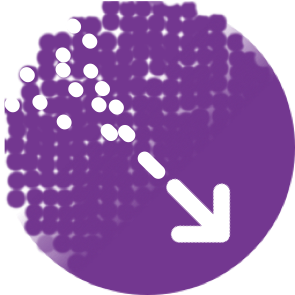 We are improving the resolution and reliability of 4D MR imaging by integrating it with computational fluid dynamics (CFD). This will enable more accurate quantification of the endothelial shear stress as well as non-invasive estimation of flow parameters.
We are improving the resolution and reliability of 4D MR imaging by integrating it with computational fluid dynamics (CFD). This will enable more accurate quantification of the endothelial shear stress as well as non-invasive estimation of flow parameters.
 Close
Close














